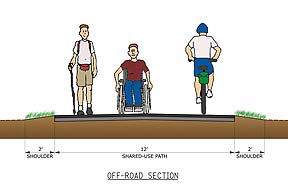He also suggests that the Pedaling History Museum be located in the same neighborhood (so people could bike to Museum. How cool is that?)
Perhaps there could be a home...in the Susan B. Anthony Preservation District which includes several vastly underutilized 19th century factory buildings. It's located on West Main Street near Nick Tahou's.
I can't think of a more appropriate location locally.
Some of the buildings in this area were part of the former Cunningham Carriage Manufactory which dealt with "spoked wheel" carriages, ambulances, hearses and, later, custom-built luxury automobiles and aircraft. There is an effort underway to restore one of the Cunningham buildings and I believe the owner wants to display some Cunningham memorabilia on-site.
....The bicycle history fits in with the late 19th Century Industrial period that the Preservation District includes and hopes to showcase. Susan B. herself marveled at the freedom that bicycles gave to women.
...There will be quite a bit of improvement to the attractiveness of this District in the years ahead in an effort to draw tourism from the Aqueduct (Broad Street at South Ave) westward to the Susan B. Anthony Preservation District. This route is called the Rochester Heritage Trail and will have interpretive signage installed along the route in the year ahead.
The Susan B. Anthony Preservation District is the destination for a "Genesee Valley Canal Heritage Trail" intended for bicyclists that I'm championing.
.jpg)




